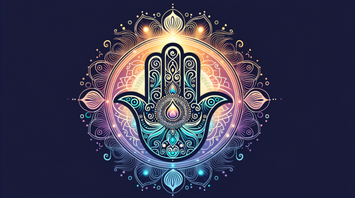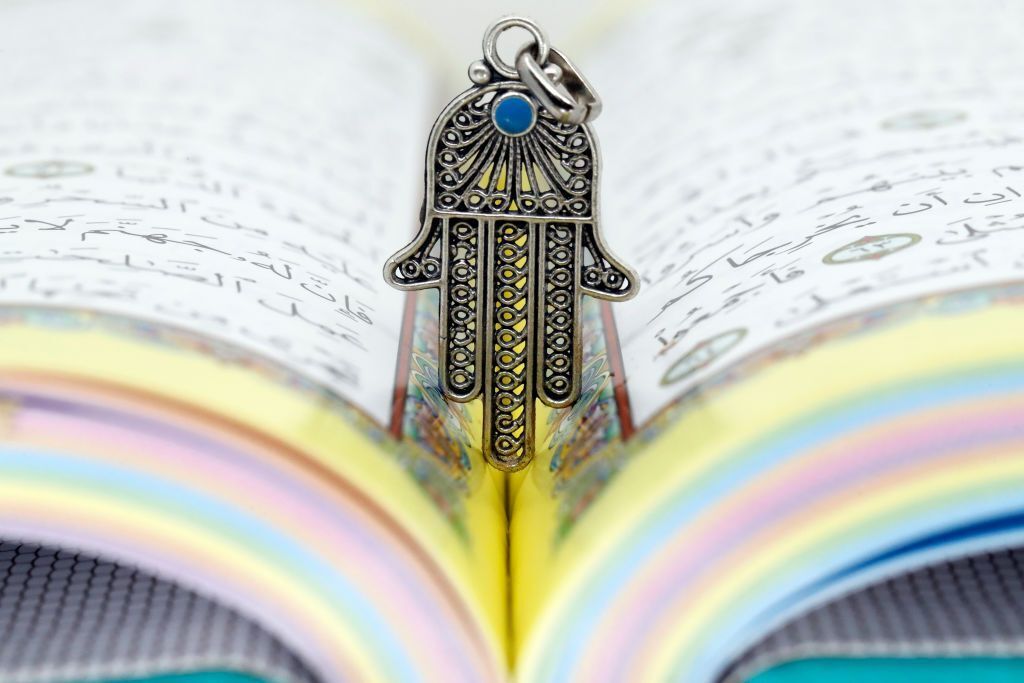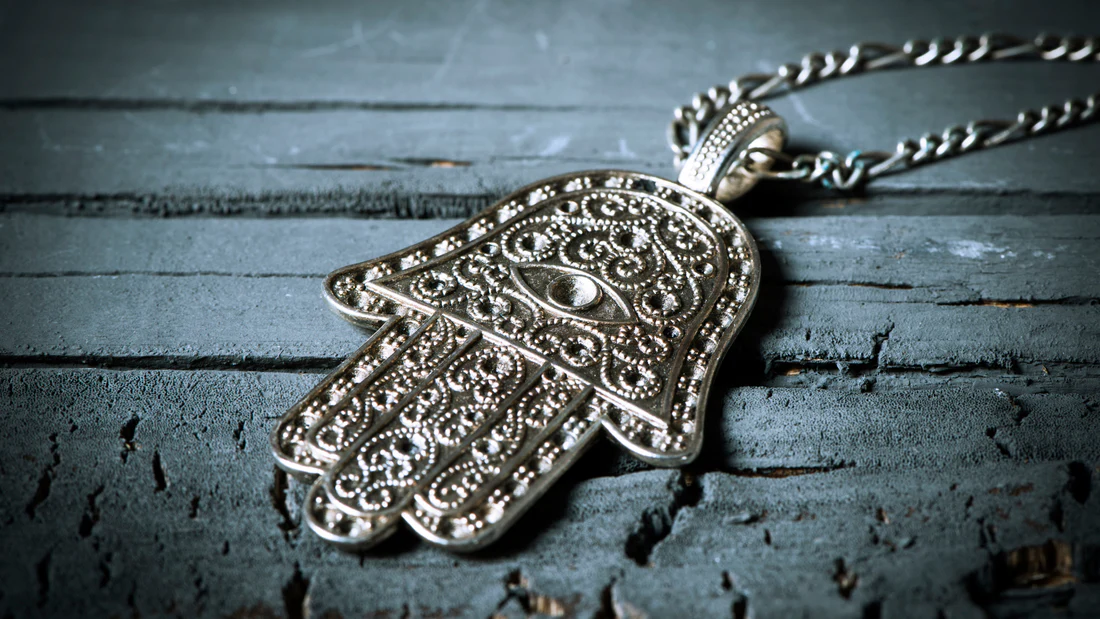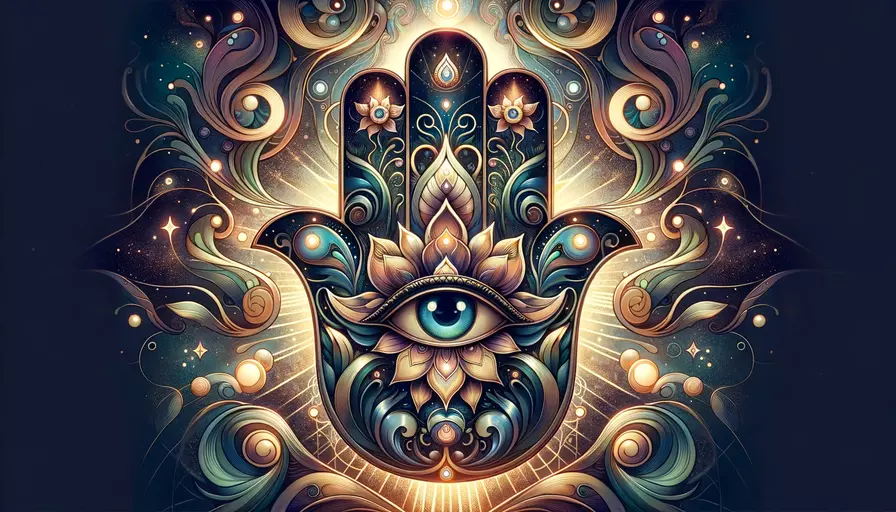Spiritual Meanings of the Hamsa Hand

The Hamsa Hand is among the most widely recognized spiritual symbols, with a rich history dating back to ancient Mesopotamians, Phoenicians, and Egyptians. Possessing significant religious meaning, particularly in Judaism and Islam, the symbol holds varied interpretations. Let's explore 15 spiritual significances associated with the Hamsa Hand.
1. Protection Against Evil and Evil Eye
Resembling a palm, the Hamsa Hand is a universal protective symbol present in many major religions. Its origins trace back to ancient Mesopotamia, where it was associated with the goddess Inanna or Ishtar. It is commonly used in jewelry or as an amulet to deter evil influences and the evil eye, often incorporating an eye motif at its center.
2. Guardian Against Negative Energy
Many adopt the Hamsa Hand for protection against negativity, without any formal religious context. It serves as a shield for spiritual followers against corrosive energy in personal or professional environments.
3. Defense from Misfortune
As a talisman, the Hamsa secures its bearer from misfortune. In the Middle East, it's a fixture within homes, sometimes stained with sacrificial blood, amplifying its protective charm. In specific settings, like a pregnant woman's room, it ensures safety.

4. The Hand of Miriam or Fatima
In Judaism, it's the Hand of Miriam, after Moses' sister; in Islam, the Hand of Fatima, named after the Prophet Mohammed’s daughter. These names enhance its cultural and spiritual significance.
5. Symbol of Divine Intervention
Also known as the Hand of God in Judaism, it signifies divine protection and veneration of God, symbolizing Heavenly support for the faithful.
6. The Importance of "Five"
The word "Hamsa" meaning "five" in Arabic and Hebrew highlights a fivefold spiritual meaning. This relates to the Torah’s five books in Judaism and Islam’s Five Pillars.
7. Household Blessing
Hanging a Hamsa in homes brings fortune, abundance, and fertility blessings to inhabitants.
8. Emblem of Strength and Power
On a wall or as jewelry, the Hamsa provides strength. Some wear it to evoke confidence in challenging scenarios, such as speeches or interviews.

9. Chakras Association
The five fingers of the hand are linked to the body's chakras, correlating each digit with specific elements.
10. Symbol of Happiness
For some, the Hamsa represents joy, independent of formal religious affiliation, symbolizing enhanced well-being.
11. Health Protection
Less common but significant for some, they wear the Hamsa against illness, as a broader protective measure.
12. Luck and Fortune
Possession of a Hamsa Hand promises luck, potentially aiding in exam success or job advancements.
13. Orientation Meanings
The display of the Hamsa could alter its meaning; upwards stands mainly for protection, and downwards signals blessing and luck manifestation.

14. Hope for Peace and Unity
As a shared symbol in conflict-prone regions, it stands for peace and a combined heritage in Judaism and Islam.
15. Badge of Spirituality
Appreciated in spirituality, its display advocates for introspective devotion amidst an increasingly material-driven world.
The Hamsa Hand continues to be a considerable figure of protection, fortune, and spirituality, maintaining its relevance across various cultural landscapes.
Earlier, SSP wrote 11 spiritual meanings of peridot.



















